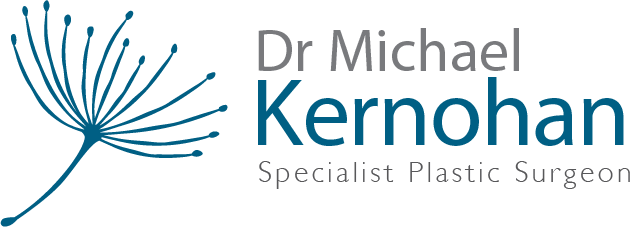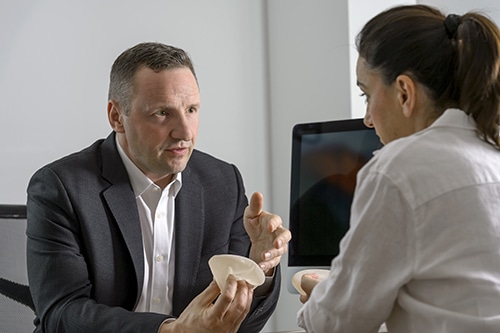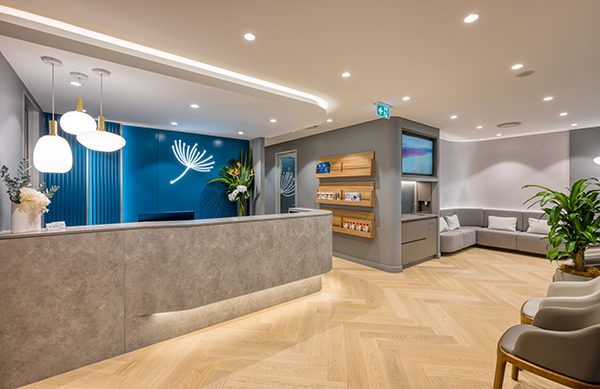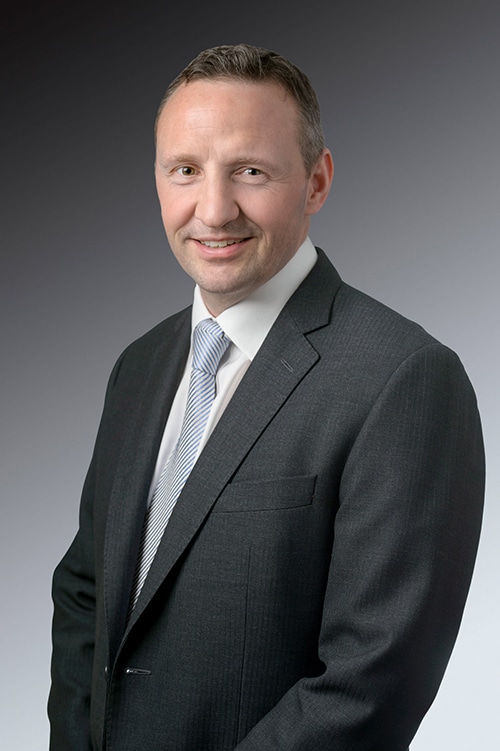Essential Recommendations for Fleur De Lis Abdominoplasty Success
The fleur de lis abdominoplasty is a surgical procedure designed to address significant skin laxity and excess tissue in the abdominal area. This advanced technique is particularly beneficial for patients who have experienced substantial weight loss or have undergone multiple pregnancies, resulting in stretched and sagging skin.
Unlike a traditional tummy tuck – abdominoplasty, the fleur de lis abdominoplasty involves an additional vertical incision that extends from the horizontal incision towards the sternum. This approach allows for the removal of excess skin and fat from both the horizontal and vertical planes, creating a contoured abdominal appearance.
If you’re considering this procedure, it’s essential to understand the recovery process and take proactive steps to ensure a successful outcome. By following the right strategies and adhering to Specialist Plastic Surgeon Dr Michael Kernohan’s instructions, you can support your healing and achieve optimal results.
Take the Quiz
Overview of the Fleur De Lis Surgery Procedure
Before discussing the recovery process, it’s important to understand the intricacies of the fleur de lis abdominoplasty procedure. This surgical intervention aims to address several concerns simultaneously, including:
- Removal of excess skin and fat from the abdominal area
- Tightening of the underlying abdominal muscles (rectus diastasis repair)
- Repositioning of the belly button (umbilicoplasty)
- Sculpting and contouring of the abdominal region
During the procedure, Dr Kernohan will make incisions in the shape of a fleur de lis (stylised lily), which extends from the pubic area towards the sternum. The excess skin and fat are then carefully excised, and the remaining tissue is tightened and repositioned to create a smoother, more toned appearance.
The Importance of Preparing for Your Fleur De Lis Surgery
Proper preparation is important for a successful fleur de lis abdominoplasty recovery. By taking the necessary steps before your surgery, you can lessen potential complications and embrace a smoother healing process. Here are some essential preparatory measures:
- Follow Pre-operative Instructions: Dr Kernohan will provide you with specific instructions regarding medications, dietary restrictions, and other preparations. Adhering to these guidelines is essential for your safety and optimal surgical outcomes.
- Arrange for Assistance: Recovery from a fleur de lis abdominoplasty can be challenging, especially during the initial days. It’s advisable to arrange for assistance from family or friends to help with daily tasks, childcare, and transportation.
- Prepare Your Home: Create a comfortable and accessible recovery environment by setting up a designated recovery area, stocking up on necessary supplies (e.g., loose clothing, pillows, and over-the-counter medications), and ensuring easy access to essential items.
- Quit Smoking: Smoking can significantly impair healing and increase the risk of complications. It’s recommended to quit smoking at least four to six weeks before your surgery and remain smoke-free throughout the recovery period.
- Maintain a Healthy Lifestyle: Eating a balanced diet, staying hydrated, and engaging in light exercise (as approved by Dr Kernohan) can help promote healing and support your body’s recovery process.
Key Steps for a Successful Recovery after Fleur De Lis Surgery
Here are some key steps to help you navigate this phase successfully:
- Manage Pain and Discomfort: Expect some degree of pain, swelling, and discomfort in the days and weeks following your surgery. Dr Kernohan will prescribe appropriate pain medication and provide guidance on managing these symptoms effectively.
- Wear Compression Garments: Compression garments play a vital role in supporting the healing process and limiting swelling. Wear them as directed by your surgeon to promote proper healing and achieve the desired contouring.
- Rest and Limit Activity: Adequate rest is important during the initial recovery phase. Avoid strenuous activities and follow Dr Kernohan’s instructions regarding activity restrictions to prevent complications and assist proper healing.
- Attend Follow-up Appointments: Regular follow-up appointments with Dr Kernohan are essential for monitoring your progress and addressing any concerns or complications that may arise. Attend these appointments as scheduled for optimal recovery.
Managing Pain and Discomfort Post-Surgery
Experiencing some degree of pain and discomfort is normal after a fleur de lis abdominoplasty. However, proper pain management is essential for your comfort and overall recovery. Here are some strategies to help you manage pain effectively:
- Medication: Dr Kernohan will prescribe appropriate pain medication to alleviate discomfort during the initial recovery phase. Follow the dosage instructions carefully and take the medication as directed.
- Cold Therapy: Applying cold compresses or ice packs to the surgical area can help reduce swelling and alleviate pain.
- Positioning and Support: Proper positioning and support can minimise strain on the surgical area and alleviate discomfort. Use pillows or wedges to support your back and abdomen while resting or sleeping.
- Gentle Movement: While rest is essential, gentle movement can also aid in pain management. Dr Michael Kernohan may recommend light walking or simple stretches to promote circulation and prevent stiffness.
- Relaxation Techniques: Techniques such as deep breathing exercises, meditation, or visualisation can help reduce stress and promote relaxation, which can contribute to better pain management.
Remember, pain levels can vary from person to person, and it’s essential to communicate openly with Dr Kernohan about your discomfort levels. By following his guidance and implementing effective pain management strategies, you can enjoy a more comfortable recovery process.
The Role of Diet and Nutrition in Your Recovery Process
Proper nutrition plays a role in supporting your body’s healing and recovery process after a fleur de lis abdominoplasty. Here are some dietary considerations to keep in mind:
- Protein-Rich Foods: Adequate protein intake is essential for tissue repair and wound healing. Incorporate lean protein sources such as lean meats, fish, eggs, and plant-based proteins like beans and legumes into your diet.
- Fruits and Vegetables: Fresh fruits and vegetables are rich in vitamins, minerals, and antioxidants, which can help reduce inflammation and support healing. Aim for a variety of colourful produce to ensure a diverse nutrient intake.
- Hydration: Staying well-hydrated is crucial for promoting healing and preventing complications. Drink plenty of water, broths, and herbal teas to support your body’s recovery.
- Fibre-Rich Foods: Constipation can be a common issue after surgery, and fibre-rich foods can help alleviate this discomfort. Incorporate high-fibre foods like whole grains, fruits, and vegetables into your diet.
- Avoid Processed and High-Fat Foods: Processed and high-fat foods can increase inflammation and hinder the healing process. Opt for nutrient-dense, whole foods to support your recovery.
Dr Michael Kernohan may recommend specific dietary guidelines or supplements to aid in your recovery.
Download Dr Kernohan’s Abdominoplasty Tummy Tuck Surgery Guide

Physical Activity: What You Can and Can’t Do
Appropriate physical activity during the recovery period is essential for promoting healing and preventing complications. However, it’s important to avoid activities that may compromise your recovery. Here’s a general guideline for physical activity after a fleur de lis abdominoplasty:
Activities to Avoid:
- Heavy lifting or strenuous exercise
- Abdominal exercises or core-focused workouts
- High-impact activities like running or jumping
- Activities that involve twisting or bending at the waist
Recommended Activities:
- Walking: Short, gentle walks can help promote circulation and prevent blood clots. Start with short distances and gradually increase as your recovery progresses.
- Light Stretching: Gentle stretching exercises, as recommended by Dr Kernohan or physical therapist, can help improve flexibility and prevent muscle stiffness.
- Light Household Tasks: Once you’ve progressed in your recovery, you may be able to resume light household tasks like cooking or light cleaning, but avoid any activities that involve straining or heavy lifting.
- Low-Impact Cardio: After several weeks of recovery, Dr Kernohan may approve low-impact cardio activities like stationary cycling or using an elliptical machine, but always consult with him before starting any new exercise routine.
Monitoring Your Healing – Signs of Progress and Red Flags
Throughout your recovery journey, it’s essential to monitor your healing progress and be aware of potential red flags that may indicate complications. Here are some signs to watch for:
Signs of Progress:
- Gradual reduction in swelling and bruising
- Improved mobility and range of motion
- Fading of surgical incision lines
- Improved abdominal contour and tightening
Potential Red Flags:
- Persistent or worsening pain or discomfort
- Excessive bleeding or drainage from the incision sites
- Signs of infection (fever, redness, warmth, or pus)
- Sudden or severe swelling
- Shortness of breath or chest pain
If you experience any concerning symptoms or have any doubts about your healing progress, don’t hesitate to contact Dr Kernohan immediately. Prompt identification and treatment of potential complications can help prevent further issues and ensure a successful recovery.
Long-Term Care and Maintaining Results after Fleur De Lis Abdominoplasty
While the initial recovery period is crucial, long-term care and maintenance are equally important for preserving the results of your fleur de lis abdominoplasty. Here are some strategies to help you:
- Maintain a Healthy Lifestyle: Adopting a balanced diet and regular exercise routine can help you maintain your weight and prevent future skin laxity or excess fat accumulation in the abdominal area.
- Protect Your Skin: Proper sun protection is essential to prevent further skin damage and maintain the appearance of your surgical incisions. Use broad-spectrum sunscreen and protective clothing when spending time outdoors.
- Avoid Rapid Weight Fluctuations: Significant weight gain or loss can impact the results of your fleur de lis abdominoplasty. Aim to maintain a stable, healthy weight to preserve your new abdominal contour.
- Schedule Regular Follow-up Appointments: Attending regular follow-up appointments with Dr Kernohan allows him to monitor your progress and address any concerns or issues that may arise over time.
If you’re considering a fleur de lis abdominoplasty, it’s essential to choose a skilled and experienced plastic surgeon who can guide you through the entire process, from pre-operative planning to post-operative care.
FAQs about Recovery after Fleur de Lis Surgery

What should I expect immediately after Fleur De Lis surgery?
- After Fleur De Lis surgery, it is normal to experience swelling, bruising, and discomfort around the surgical area. You may have drains placed to remove excess fluid, which will be removed in a few days. Pain and discomfort can be managed with prescribed medications.
How long does the recovery process take?
- The initial recovery period for Fleur De Lis surgery typically lasts about 2 to 4 weeks, during which you should avoid strenuous activities and heavy lifting. Full recovery, including the reduction of swelling and the maturation of scars, can take several months to a year.
What activities should I avoid during recovery?
- During the first few weeks of recovery, you should avoid activities that involve heavy lifting, intense physical exercise, or any actions that put strain on your abdominal area. Gradually, as you heal, you can resume light activities and exercise as advised by your surgeon.
How can I care for my surgical incisions to promote healing?
- To promote healing, keep the surgical incisions clean and dry. Follow Dr Michael Kernohan’s instructions on how to care for the wound, including changing dressings and using any prescribed ointments. Avoid exposing the incisions to direct sunlight, and refrain from soaking in baths or swimming until your surgeon confirms it is safe. Proper incision care helps prevent infections and improves the appearance of scars.
When should I contact my surgeon during recovery?
- You should contact your surgeon if you experience any signs of infection, such as increased redness, swelling, warmth, or discharge from the incision sites, as well as a fever. Additionally, seek medical advice if you notice any unusual or severe pain, significant changes in the appearance of the surgical area, or if you have concerns about your recovery progress. Prompt communication with your surgeon ensures timely intervention if any issues arise.
Further Reading about Abdominoplasty with Specialist Plastic Surgeon Michael Kernohan
- Read Dr Michael Kernohan’s Blog about Recovery after Tummy Tuck or Abdominoplasty
- Read Dr Michael Kernohan’s Blog about Abdominoplasty Scar Treatment, Healing and Fading
- Read Dr Michael Kernohan’s Blog about Combining Tummy Tuck – Abdominoplasty and Hernia Repair Surgery
- Read Dr Michael Kernohan’s Blog about Tips for Sleeping after Abdominoplasty Surgery
- Read Dr Michael Kernohan’s Blog about Wearing Compression Garments after Tummy Tuck- Abdominoplasty
Medical References about Fleur de Lis Surgery
- Survival of umbilicus on a superiorly based flap after fleur-de-lis abdominoplasty
- Fleur-de-Lis abdominoplasty: a safe alternative to traditional abdominoplasty for the massive weight loss patient
- Modified Fleur-de-lis Abdominoplasty for Massive Weight Loss Patients
- Post-Bariatric Plastic Surgery: Abdominoplasty, the State of the Art in Body Contouring
- Abdominal Panniculectomy: An Analysis of Outcomes in 238 Consecutive Patients over 10 Years





